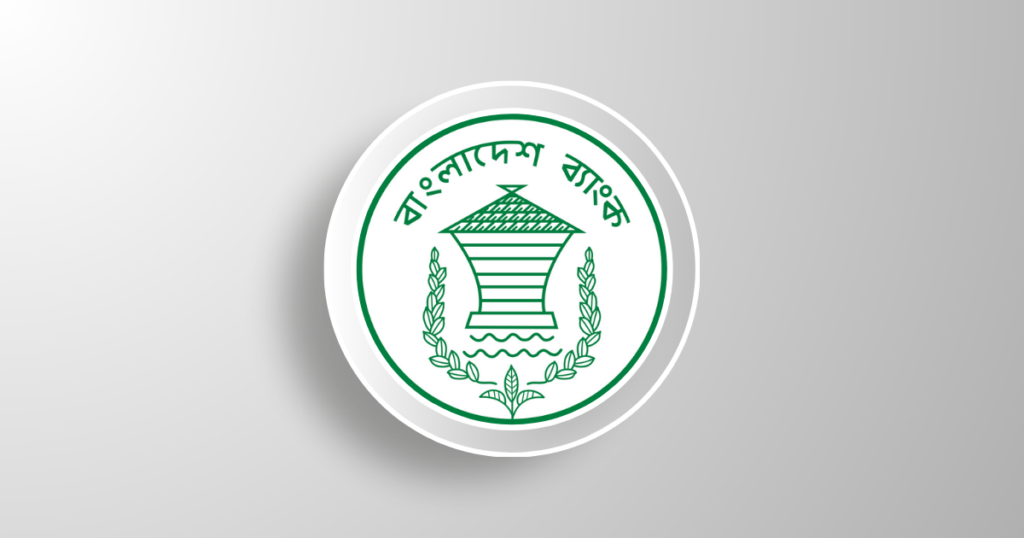The recently introduced monetary policy in Bangladesh is criticized for lacking substantial reforms and appears to echo traditional strategies, falling short of delivering tangible impacts on the economy. The primary challenge of controlling inflation and implementing measures to enhance foreign exchange inflow remains unaddressed, despite the recognition of the need for a contractionary policy. The 25-basis point increase in the key policy (repo) rate, designed to elevate credit costs at the consumer level, is seen as having a delayed effect on the market, taking months to manifest.
The shift from monetary targeting to interest rate targeting since last July is noted, with the operating framework now including the policy rate, Interest Rate Corridor (IRC), Standing Lending Facility (SLF), and Standing Deposit Facility (SDF). However, mixed messages are perceived in adjusting the policy rate and the rate corridor, creating a somewhat contradictory stance. The reduction in the SLF rate adds an unexpected expansionary element, counteracting the declared contractionary stance, particularly amid a banking system liquidity crunch.
The expansion of the Six-month Moving Average Rate of the Treasury bill (SMART) corridor is deemed essential for increasing interest rates on customer-level loans, yet the policy moves in the opposite direction. The promise of a market-driven exchange rate by September 2023 remains unfulfilled, and the proposed introduction of the “crawling peg” mechanism lacks clarity on its operational framework.
Amid a persistent dollar crisis and adverse impacts on industries, the policy offers no concrete solutions. Despite consultations with economists, the central bank seems hesitant to implement suggested immediate steps, such as aggressive interest rate hikes and a market-driven exchange rate, citing current limitations. The lack of clarity and definitive actions in the new policy raises concerns about its effectiveness in addressing the pressing economic challenges.

